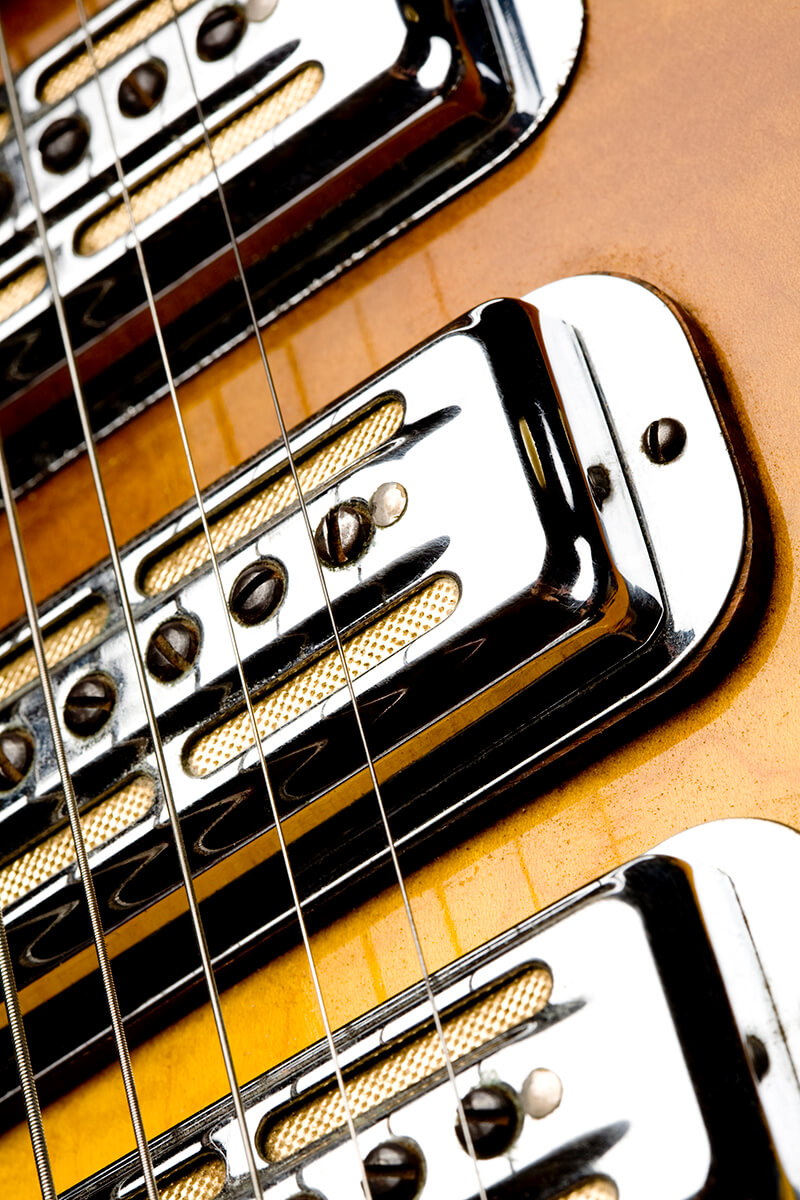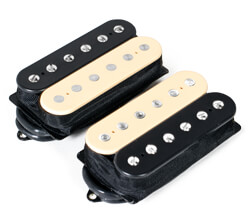The Largest Supplier of
Pickup Wire for the Music
Industry in the World

For over 50 years, MWS Wire Industries has been the premier supplier of wire for the music and pickup industries
Since the 1970’s MWS has supplied some of the world’s top guitar pickup craftsmen with wire custom made to order. Over the decades, we have produced thousands of variations at the request of customers. Although we offer options such as pure silver, copper is still the most popular.

Some of our customers go to extremes to produce a tone that is accurate to a particular era instrument. Others are the bleeding edge of new sounds yet to be discovered.
Spool for spool, MWS offers the tightest dimensional and DC resistance tolerances available. Our strict Manufacturing standards ensure you get the highest quality of wire you need to establish repeat-ability on the final product.
**Limit purchase to 2 spools, 5 lb spools for each below**
Overall Diameter.0026”-.0028”
‘Natural color of Plain Enamel is Black’
Overall Diameter: .0028”-.0030”
‘Natural color of Formvar is Amber’
Overall Diameter: .0023”-.0025”
‘Natural color of Plain Enamel is Black’
Shipping is FREE and included in price. We ship using Ground shipping (In the continental USA only). Orders to ship 2 business days after receipt of the order(or sooner).
More Guitar Wire Info

Voicing a pickup isn’t just a matter of selecting the right wire, insulation, and number of turns — how you lay the wire is at least as important. Among other things, this determines the pickup’s distributed capacitance, which refers to the air space formed between the layers as the coil is wound. This property affects the resonant frVoicing a pickup isn’t just a matter of selecting the right wire, insulation, and number of turns — how you lay the wire is at least as important. Among other things, this determines the pickup’s distributed capacitance, which refers to the air space formed between the layers as the coil is wound. This property affects the resonant frequency of the coil and dictates the high-frequency roll-off point, so it’s one of the factors that allows for fine-tuning a pickup’s high-end response.
The winding technique helps determine each pickup’s “voice.” It’s a delicate balancing act of tonality, a constant give-and-take controlling the complex interaction of wire type and one of three winding techniques:
Machine Winding – a machine spins the bobbin and moves back and forth at a regular pace, distributing the wire evenly across the bobbin.
Hand Winding – a machine spins the bobbin, but the magnet wire goes through the hands of an operator who distributes the wire along the bobbin. This is how the earliest pickups were wound.
Scatter Winding (Also called Random Wrap) – a machine spins the bobbin, and the magnet wire goes through the hands of an operator who distributes the wire along the bobbin in an intentionally scattered or random pattern.
Each technique has its pluses and minuses. Machine winding can be controlled with wire gauge, bobbin size, tension and pattern, and like any formula, if you know what you want, a machine-made pickup from a reputable maker can give it to you … and the next guy. Hand winding emulates machine winding by attempting an even distribution of wire and tension in the coil.
The anomalies created by human intervention can create just that. Anomalies: both wanted and unwanted. Scatter winding gives every pickup a unique sound. The tension of the wire is purposely varied as it moves through the operator’s fingers, reflecting the ability to control the tension within the coil by the person winding the pickup. The result is a clearer, more open tone that has the impression of being louder purely by the amount of extra detail and dynamics present. But this technique can generate unwanted side effects in the tone. A scattered or random winding may exhibit a propensity towards introducing more unwanted micro phonics (undesi e, tension and pattern, and like any formula, if you know what you want, a machine-made pickup from a reputable maker can give it to you … and the next guy. Hand winding emulates machine winding by attempting an even distribution of wire and tension in the coil. The anomalies created by human intervention can create just that.
Anomalies: both wanted and unwanted. Scatter winding gives every pickup a unique sound. The tension of the wire is purposely varied as it moves through the operator’s fingers, reflecting the ability to control the tension within the coil by the person winding the pickup. The result is a clearer, more open tone that has the impression of being louder purely by the amount of extra detail and dynamics present. But this technique can generate unwanted side effects in the tone. A scattered or random winding may exhibit a propensity towards introducing more unwanted micro phonics (undesired electrical signal noise) as opposed to a neatly-wound version. This is because with a neatly wound model, the wires land next to each other in an orderly pattern and would be less likely to move around with vibration. Forums on guitar pickups seem evenly pitched on machine wound vs.scatter wound.
